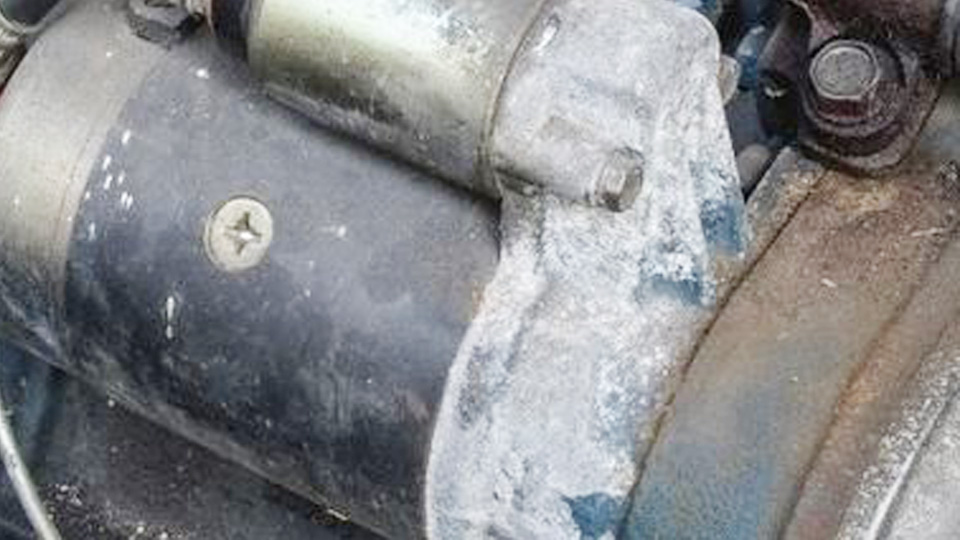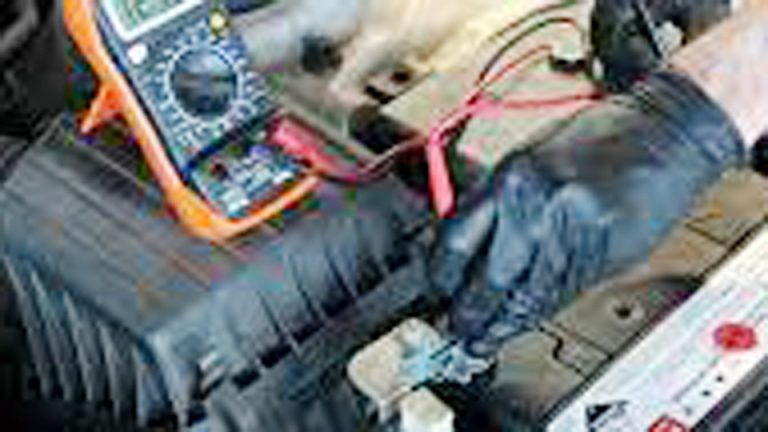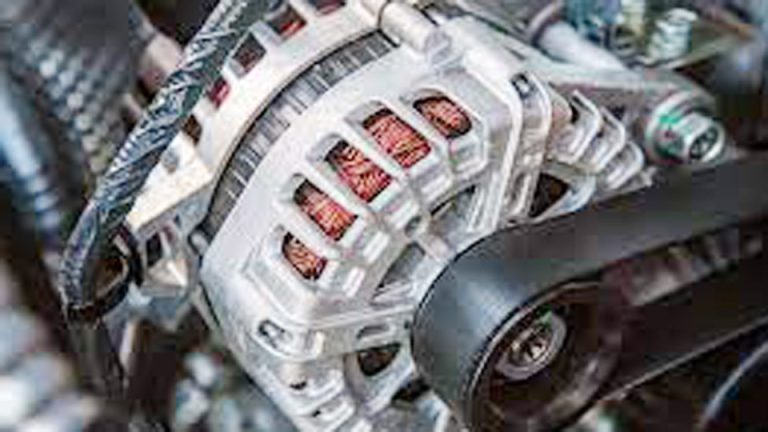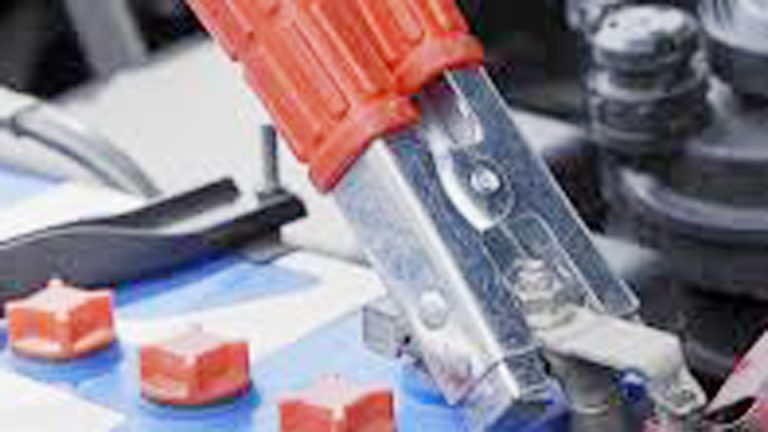As a mechanic with over a decade of turning wrenches in garages across the USA, I’ve tackled countless starter motor replacements—everything from a beat-up 2005 Ford F-150 to a sleek 2018 Honda Civic. The question I hear most often from DIYers and car owners is, “How hard is it to install a car starter motor?” The answer depends on your vehicle, your tools, and your comfort level under the hood.
In this in-depth guide, I’ll walk you through everything you need to know about replacing a car starter motor, from spotting a failing one to choosing the right part and getting it installed without breaking the bank or your knuckles.
A starter motor is the unsung hero that gets your engine roaring to life. Without it, your car’s just a shiny paperweight. Replacing one isn’t rocket science, but it’s not a walk in the park either—think of it like swapping a spark plug, but with more crawling under the car and a few extra bolts. Whether you’re a weekend warrior or an auto student, this article will break down the process with practical tips, real-world insights, and a few stories from the garage to help you get it done right.

Image by avbumpertobumper
What Is a Car Starter Motor and What Does It Do?
The starter motor is a small but mighty electric motor that cranks your engine to start combustion. When you turn the key (or push the start button), it engages the flywheel or flexplate, spinning the engine until it fires up. It’s a critical component for getting your car moving, and when it fails, you’re stuck with a vehicle that won’t even whimper.
In my years in the shop, I’ve seen starters go bad on everything from a Chevy Silverado to a Toyota Corolla. The motor itself is usually tucked under the intake manifold or near the transmission, which can make access tricky depending on your vehicle. For example, on a 2008 Dodge Ram, you’re wrestling with tight clearances, while a 2015 Subaru Outback gives you a bit more room to breathe.
Why It Matters
A reliable starter motor ensures your car starts every time, which is critical for safety (no one wants to be stranded in a dark parking lot) and convenience. A failing starter can also strain your battery and alternator, leading to costly repairs down the road. Plus, replacing it yourself can save you $200–$500 in labor costs compared to a shop’s rates.
Signs Your Starter Motor Is Failing
A bad starter motor doesn’t always die quietly. Here are the telltale signs I’ve seen in the garage:
Clicking Noise When You Turn the Key: This usually means the starter solenoid is engaging but the motor isn’t spinning. I once had a customer with a 2010 Jeep Wrangler who swore their battery was dead because of that click—turned out it was the starter.
Grinding or Whining Sounds: If you hear a grind when starting, the starter gear might not be meshing properly with the flywheel. I’ve seen this on older GM trucks like a 2003 Tahoe.
Intermittent Starting Issues: Sometimes it starts fine; other times, nothing. This drove me nuts on a 2007 Nissan Altima I worked on—turned out to be a worn-out starter solenoid.
No Response at All: If the car is silent when you turn the key, the starter motor or its wiring could be toast. Rule out a dead battery first, though.
When to Replace It
If you’re hearing these symptoms, don’t wait. A failing starter can leave you stranded, and if it’s grinding, it might damage the flywheel, which is a much pricier fix. I always tell customers: test the battery and alternator first (a multimeter is your friend), then move to the starter. Most starters last 100,000–150,000 miles, but heat, dirt, and heavy use can kill them sooner.
OEM vs. Aftermarket Starter Motors: Which Is Better?
When it’s time to replace your starter, you’ve got two main options: OEM (Original Equipment Manufacturer) or aftermarket. Here’s how they stack up based on my experience working on cars like Fords, Toyotas, and Chevys.
OEM Starter Motors
OEM starters come from the same manufacturer that built your car’s original part—think Denso for Toyota or Bosch for many European models. They’re designed to fit perfectly and meet factory specs.
- Pros:
- Guaranteed compatibility with your vehicle.
- Often come with a longer warranty (1–2 years).
- Higher build quality, especially for brands like Honda or GM.
- Cons:
- Expensive—$150–$400 depending on the vehicle.
- Not always available at local parts stores; you might need to order from a dealership.
Aftermarket Starter Motors
Aftermarket brands like ACDelco, Remy, or Duralast are made by third-party manufacturers. They’re widely available at places like AutoZone or O’Reilly.
- Pros:
- Cheaper—$50–$200, sometimes half the cost of OEM.
- Easier to find in stock, especially for common vehicles like a Ford F-150 or Chevy Malibu.
- Decent quality from reputable brands like Bosch or Valeo.
- Cons:
- Fitment can be hit-or-miss, especially with budget brands.
- Shorter warranties (sometimes 90 days).
- Some cheap aftermarket starters fail faster—I’ve replaced Duralast starters within a year on a 2012 Dodge Charger.
OEM vs Aftermarket Starter Motors
| Feature | OEM Starter Motor | Aftermarket Starter Motor |
|---|---|---|
| Price | $150–$400 | $50–$200 |
| Warranty | 1–2 years | 90 days–1 year |
| Fitment | Perfect | Good (reputable brands) |
| Availability | Dealerships, some online | Auto parts stores, online |
| Durability | High | Varies (brand-dependent) |
| Best For | Long-term reliability | Budget-conscious DIYers |
My Recommendation
If you’re keeping your car for the long haul (say, a 2016 Honda Accord you plan to drive for another 100,000 miles), go OEM. I installed a Denso OEM starter in my buddy’s 2014 Toyota Camry, and it’s been flawless for three years.
For a quick fix on an older car, like a 2004 Chevy Silverado, a quality aftermarket brand like ACDelco or Bosch is fine. Avoid no-name brands on eBay—they’re often junk and can cost you more in the long run.
How Hard Is It to Install a Car Starter Motor?
Let’s get to the meat of it: how tough is this job? Installing a starter motor is a moderate DIY project—harder than changing oil, easier than swapping a timing belt. On a scale of 1 to 10, I’d rate it a 4–6, depending on your car. For example, a 2006 Ford Mustang has a starter that’s relatively easy to access, while a 2010 BMW 3 Series might have you cursing in tight quarters.
Tools You’ll Need
Here’s what I keep in my toolbox for a starter replacement:
- Socket set (usually 10mm–15mm for most vehicles).
- Ratchet wrench and extensions.
- Screwdrivers (Phillips and flathead).
- Jack and jack stands (never work under a car on just a jack).
- Multimeter to test electrical connections.
- Torque wrench for precise bolt tightening.
- Gloves and safety glasses—metal shavings and battery acid are no joke.
Step-by-Step Guide to Installing a Starter Motor
Here’s how I replace a starter, based on a job I did on a 2013 Chevy Cruze last month:
- Safety First: Disconnect the negative battery cable to avoid shocks or shorts. I learned this the hard way when a spark fried a wire on a 2009 Ford Focus.
- Lift the Car: Use a jack to raise the front of the vehicle and secure it with jack stands. For most cars, the starter is under the engine or near the transmission.
- Locate the Starter: Find the starter motor—it’s a cylindrical component with wires attached, usually bolted to the transmission or engine block. On the Cruze, it was under the intake manifold, a bit of a pain to reach.
- Remove Electrical Connections: Unplug the solenoid wire and battery cable from the starter. Label them with tape to avoid confusion later.
- Unbolt the Starter: Remove the mounting bolts (usually 2–3). Keep them in a safe spot. A ratchet with an extension helps here.
- Pull the Old Starter Out: Wiggle it free—sometimes it’s snug. Compare it to the new starter to ensure they match.
- Install the New Starter: Slide the new starter into place, hand-tighten the bolts, then torque them to the manufacturer’s specs (check your vehicle’s service manual).
- Reconnect Wires: Attach the solenoid and battery cables securely.
- Lower the Car: Remove jack stands and lower the vehicle.
- Test It: Reconnect the battery and start the car. Listen for smooth cranking—no grinding or clicking.
Common Mistakes to Avoid
- Not Disconnecting the Battery: I’ve seen DIYers skip this and get zapped. Always disconnect.
- Mixing Up Bolts: Starters often have bolts of different lengths. Keep them organized.
- Overlooking Torque Specs: Over-tightening can crack the starter housing. I cracked one on a 2011 Hyundai Sonata early in my career—lesson learned.
- Buying a Faulty Remanufactured Starter: Reman units are rebuilt, but some are duds. Test it at the store if possible.
Installation Difficulty by Vehicle
- Easy: Ford F-150 (2004–2014), Chevy Silverado (1999–2013). Open engine bays, straightforward access.
- Moderate: Honda Accord (2008–2017), Toyota Camry (2007–2017). Tight spaces but manageable.
- Hard: BMW 3 Series (2006–2013), Subaru Outback (2010–2019). Cramped engine compartments require patience.
Spotting Genuine vs. Fake Starter Motors
Counterfeit parts are a real problem in the USA. I once had a customer bring in a “Bosch” starter for their 2015 Dodge Dart that turned out to be a fake—it failed in three months. Here’s how to avoid getting scammed:
- Check Packaging: Genuine OEM starters (like Denso or Bosch) come in branded boxes with holograms or serial numbers. Fakes often have flimsy packaging or misspellings.
- Buy from Reputable Sources: Stick to AutoZone, O’Reilly, Advance Auto Parts, or dealerships. Avoid sketchy online marketplaces unless it’s a verified seller.
- Inspect the Part: Genuine starters have clean machining, clear brand logos, and no rough edges. Fakes often look cheap or have sloppy welds.
- Verify Part Numbers: Cross-check the part number with your vehicle’s manual or a trusted parts catalog.
- Price Check: If a $300 OEM starter is listed for $50, it’s probably too good to be true.
Maintenance Tips to Extend Starter Motor Life
A good starter can last over 100,000 miles with proper care. Here’s what I tell my customers:
- Keep Your Battery Healthy: A weak battery forces the starter to work harder. Test it annually and replace it every 4–5 years.
- Clean Connections: Corrosion on battery terminals or starter cables can cause issues. I use a wire brush and dielectric grease to keep them clean.
- Avoid Short Trips: Constantly starting and stopping your car (like in heavy traffic) wears out the starter faster. If you drive a 2012 Toyota Prius in stop-and-go city traffic, consider this.
- Listen for Warning Signs: Catching a grinding noise early can save you from a full replacement.
Real-World Anecdote: The F-150 Starter Fiasco
Last summer, I helped a buddy replace the starter on his 2006 Ford F-150. He’d been dealing with intermittent starting issues for weeks, and the truck finally gave up in his driveway. We grabbed an ACDelco remanufactured starter from AutoZone for $120, jacked up the truck, and got to work.
The job should’ve taken an hour, but one of the bolts was rusted tight, and we spent 20 minutes wrestling it free with penetrating oil and a breaker bar. Once the new starter was in, the truck fired up like a champ. Moral of the story: always have WD-40 and patience on hand.
Making Smart Starter Motor Decisions
Replacing a car starter motor isn’t the easiest job, but it’s doable for most DIYers with the right tools and a bit of grit. By understanding the signs of failure, choosing between OEM and aftermarket parts, and following a careful installation process, you can save hundreds of dollars and keep your car running reliably. Whether you’re working on a trusty Chevy pickup or a finicky European sedan, take your time, double-check your connections, and don’t skimp on quality.
Pro Tip: Before you start, take a quick photo of the old starter’s position and wiring. It’ll save you headaches when installing the new one.
FAQ: Common Questions About Car Starter Motors
How Do I Know If My Starter Motor Is Bad?
A clicking noise, grinding sound, or no response when turning the key are common signs. Test your battery first to rule it out. I’ve seen customers replace starters unnecessarily because of a dead battery.
Can I Drive with a Bad Starter Motor?
Not for long. If it’s failing, you risk getting stranded. I had a customer limp their 2008 Honda Civic to the shop with a starter that barely cranked—don’t push your luck.
How Much Does It Cost to Replace a Starter Motor?
DIY costs range from $50–$400 for the part, plus your time. Shops charge $200–$800, including labor. Prices vary by vehicle—my 2014 Toyota Camry starter was $180 OEM, while a BMW might run $350.
Should I Choose a Remanufactured or New Starter?
New starters are pricier but reliable. Remanufactured ones are cheaper but can be hit-or-miss. I prefer new OEM for long-term cars, but a quality reman (like ACDelco) is fine for older vehicles.
How Long Does It Take to Replace a Starter Motor?
For most cars, it’s 1–3 hours for a DIYer. Tight engine bays (like on a Subaru) can stretch it to 4 hours. My 2013 Chevy Cruze job took about 90 minutes with no hiccups.



